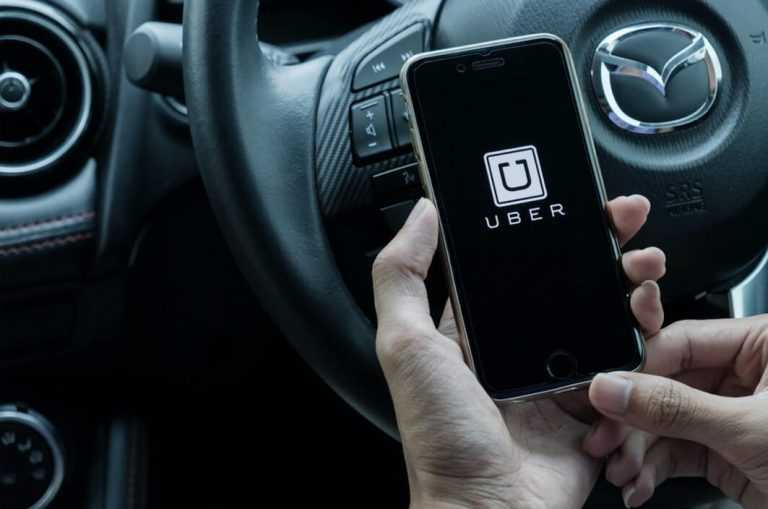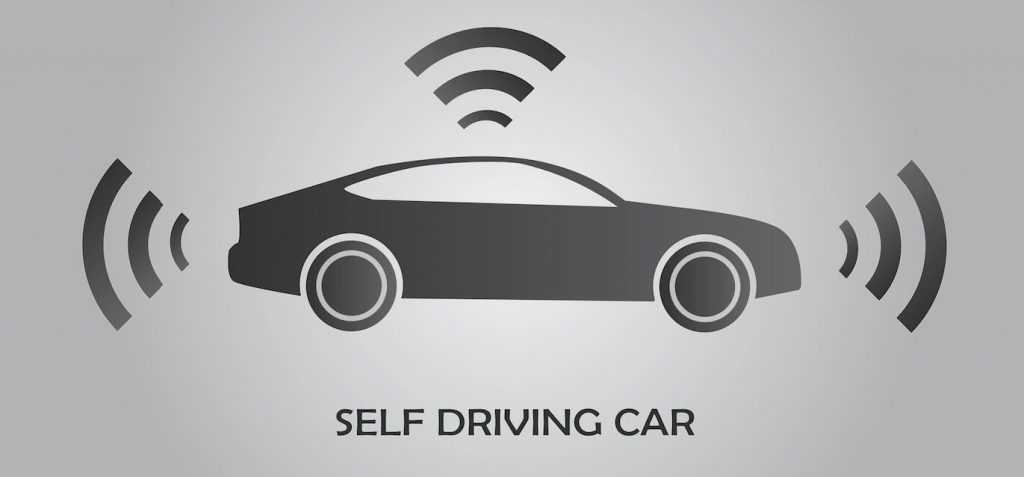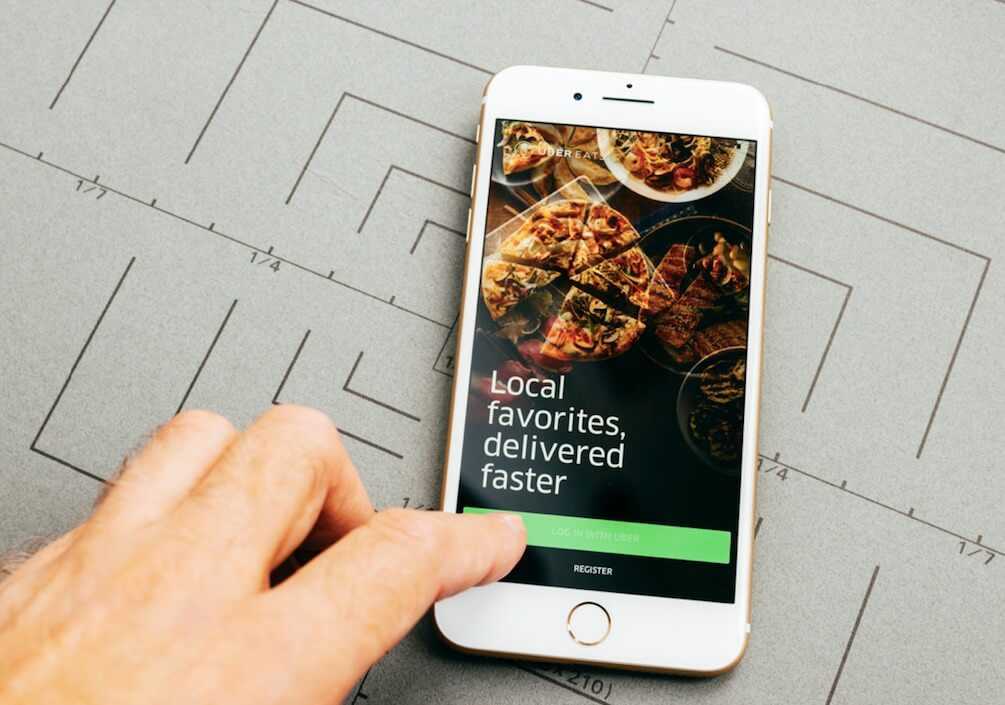One of the most compelling creations in the history of public transportation came during the birth of Uber, the creators of quick, easy, location-based taxi services. Over the course of the years, Uber accumulated a significant amount of market dominance and prepared for what is a natural course of action for companies — an Initial Public Offering.
Initial Public Offering
The realisation of their IPO came on 10th May, 2019 when the company finally went public, valuing their shares at $45 each. Just after the offering took place, the results were immediately disappointing: first trading day the share price dropped to $42, which can be translated into -6.7% below the IPO price and extended such losses to close at -7.6% below initial at $41.57.
It is worth noting that the company’s IPO result is even lower than Facebook’s glitch-stricken IPO which resulted in a better one-day return at +0.6% back in May, 2012, according to Dealogic.
Having posted such staggering results, why has going public rained on Uber’s parade so harshly? What might go wrong in Initial Public Offerings or later growth in a company in general? Uber ticks so many boxes of failed companies but also boxes of growth promise.
Folly Saga
The folly saga began when the previous CEO of Uber, Travis Kalanick, resigned in 2017 on the basis of various scandals he was involved in/accused of. More specifically, Kalanick received a letter from the 5 largest Uber investors titled ‘Moving Uber Forward’. Enclosed, was an order for the CEO to “immediately step down” and to also assist in the replacement CEO who proved to be Dara Khosrowshahi.
Upon his appointment, Khosrowshahi set off on a journey to first, quiet the masses in light of negative-impact events — which continued to affect the company’s reputation in a similar way to that of Boeing being negatively affected by the Ethiopian crash.
Following the scrutiny after a CEO resignation and change in leadership, the company faced another tribulation with a competitor in self-driving cars called Waymo. According to BBC, the company paid $680 million for the self-driving truck company Otto but for the technology, not the trucks in 2016. Waymo, a competitor in the self-driving truck sphere, claimed that Uber stole the technology behind the self-driving trucks back in 2017. More specifically, Waymo suggested that Uber stole a design for Lidar, a key sensor technology for its driverless car. As was the natural course of action, Uber retorted and went on to claim that the design used for Lidar was not related to their technology whatsoever.
Uber’s path cleared once again when the companies reached a settlement in February, 2018. The settlement indicated that Waymo was then the holder of 0.34% stake in Uber, an amount worth $245 million. In addition, Uber agreed not to use the technology and reinstated that they never did use it to begin with.
What do investors expect?
Investors might think that Uber will not rise up to this challenge, which proved to be a major catastrophe so big, it is considered to be the 5th worst IPO in history according to Dealogic. However, Uber has been delving into the realms of food delivery.
It is believed that the result of the IPO was very disappointing due to lack of future guidance, which means that upon Dara Khosrowshahi’s appointment as the CEO of the company, his sole focus was not on expansion and innovation, but rather on stability in his quest to mitigate the company’s risks and quiet the media. Therefore, there was no clear path towards profitability or innovation.
On a different note, there is a sub-company under Uber which has been posting promising results since its inception: this is Uber Eats. Consumers and investors alike believe in the company providing food delivery to consumers directly, and can see the numbers increasing on the number of transactions.
Uber Eats has been growing exponentially faster than the ride-hailing services and has a clear mission: to satisfy the consumer’s craving for food and to eliminate the effort of going out to get it. In its path to success, Uber Eats accumulated a revenue of $1.5 billion just within last year. The company serves food in 220,000 restaurants in more than 500 cities globally.
Even though one of their biggest competitors DoorDash wins in the competition of revenue, Uber Eats has the lion’s share of total transactions, according to Edison Trends. Not only that, but Uber Eats, as of February 2019, accounts for 29% of market dominance against DoorDash’s 26%. These numbers cannot be taken as negative in any case. Investors are observing this Uber branch which seems to be working well in such an aggressively competitive market.
Morningstar suggests that the success of Uber Eats can be ascribed to their partnerships with huge brand names such as McDonald’s, Subway and Starbucks and the forecast for market dominance in a long-term fashion comes up to 25% of global good delivery service by 2023. Lastly, Uber Eats grew by 58% from March, 2018 to March, 2019, primarily due to such news and partnerships which contributed towards overall growth and revenue accumulation.
It is evident, thus, that Uber has miscalculated in many aspects of their future, but have the platform to succeed but only if they can learn how to apply and utilise innovation, much as they did before. Watch out for the future of Uber and learn how to apply further analysis on a similar pattern, albeit on a much bigger scale, as seen through Apple.
Information regarding past performance is not a reliable indicator of future performance.




